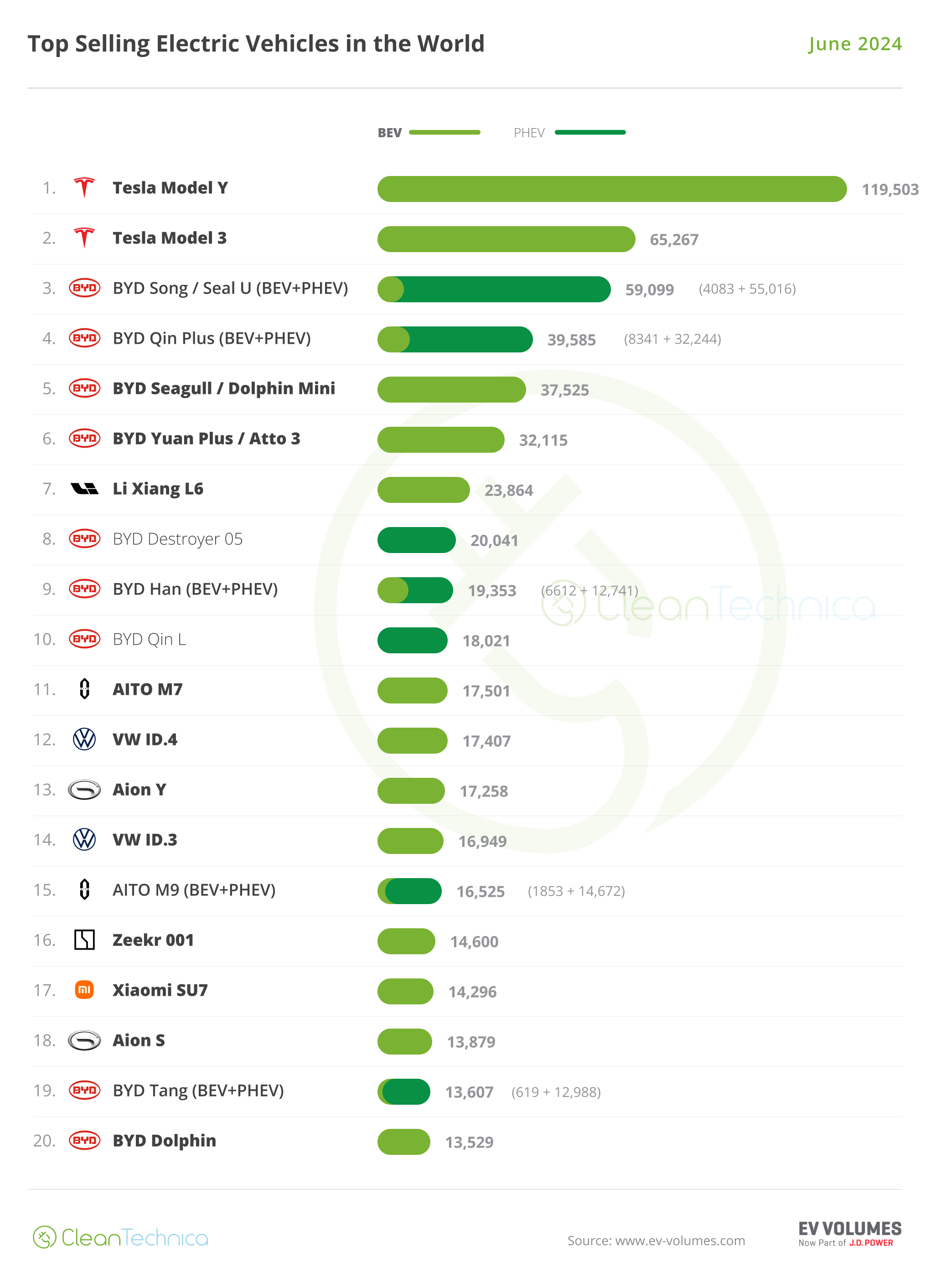Sign up for daily news updates from CleanTechnica on email. Or follow us on Google News!
Graphene has been called the miracle material of the new millennium, but that doesn’t stop it from showing up in all sorts of non-miraculous ways. In the latest development, graphene is being deployed to help resolve a sticky sustainability issue for the auto industry, that being the amount of microplastic pollution entering the environment through wear and tear on vehicle tires.
Graphene Is Giving Up Its Secrets
Graphene was first discovered in 2004 and it crossed the CleanTechnica radar shortly after that, in 2009. We called it the miracle material of the new millennium based on its potential for widespread use in solar cells, energy storage, and other clean tech fields.
Graphene is a two-dimensional form of graphite, which is a form of carbon. The difference is that graphite exists in chunks and is easily manipulated. Graphene exists in sheets just one atom thick, characterized by a lattice structure that resembles chicken wire, and it is not so easily manipulated.
“Graphene has been observed to be more than 100 times stronger than steel — so strong that a thin layer could support an elephant,” the US Department of Energy explains. “It’s also stretchable and almost transparent — and a slightly better electrical conductor than copper.”
“More possibilities will certainly be discovered as scientists learn more about the material and become better at producing it in larger scales and more cost-efficient fashion,” they add.
Despite the finicky nature of the material, its potential for widespread application in the clean tech field has inspired thousands of scientists to explore its unique behavior (see some examples of the research here).
In one particularly interesting example, a research team at the Swiss Federal Institute of Technology (aka ETH Zurich) has identified and visualized electron whirlpools in graphene. The details are presented in the journal Science under the title, “Observation of current whirlpools in graphene at room temperature.”
“Signatures of this hydrodynamic regime have been identified in graphene, but stationary vortices, a prediction of the theory of hydrodynamic flow, have remained tricky to observe,” notes Science senior editor Jelena Stajic. The phenomenon had been predicted in prior research, but the ETH Zurich team reported that their study is the first to deploy a new technique to detect electron vortices directly, at room temperature, without the need for a cryogenic environment.
“The new detection method used by the ETH researchers also permits taking a closer look at many other exotic electron transport effects in mesoscopic structures — phenomena that occur on length scales from several tens of nanometres up to a few micrometres,” ETH Zurich notes.
A Graphene Assist For More Sustainable Tires
While scientists work the foundational research angle, practical applications have already been emerging. That brings us to the UK climate tech firm Levidian, which is marketing graphene and hydrogen sourced from methane gas.
From a vigorous clean tech perspective that’s not particularly interesting, assuming that fossil methane is the source. That is part of Levidian’s business model, but the company is also deploying non-fossil methane from sustainable resources including wastewater treatment systems, landfills, and agricultural waste operations.
Levidian is reporting “promising results” for its research into the use of graphene to prevent tire wear and tear, including in the sidewalls as well as the treads.
Levidian also anticipates that graphene-enhanced tires can improve electric vehicle performance, a benefit that is already being applied to bicycle tires.
Tire wear and tear is not exclusive to electric vehicles, but Levidian notes that electric vehicles tend to be heavier than their gas-powered counterparts, potentially leaving their tires more susceptible to degradation. We’ll add that driver habits, road conditions, and other external factors can also have a significant impact, but the main point is that tires release microparticles of rubber and other pollutants as they go down the road, whether the vehicle is electric or not.
“Furthermore, the widespread adoption of silica-filled compounds in tyre treads, aimed at improving abrasion properties, inadvertently exacerbates the issue by causing faster migration and leaching of toxic anti-ozonant additives,” Levidian adds.
A Miracle Material For Better EV Batteries
Tires are not the only EV element that could benefit from a graphene makeover. EV batteries have also become the focus of attention. The California firm Lyten, for example, has just begun shipping samples of its new graphene-enhanced lithium-sulfur EV battery to automakers for testing. The new battery formula eliminates cobalt, manganese, and nickel in favor of local supply chains, attracting the eye of Stellantis among others.
That’s just the tip of the EV battery iceberg. The National University of Singapore has been working on a solid-state EV battery incorporating graphene and niobium, a metal commonly used in alloys. “The pioneer niobium-graphene batteries have proven to have greater performance and safety compared to traditional lithium-ion batteries,” NUS reported last year.
The potential for a 30-year lifespan tops NUS’s list of potential benefits, along with a full, fast charge in less than 10 minutes. “Niobium is a relatively abundant and environmentally friendly material, making the batteries a more sustainable alternative to traditional lithium-ion batteries,” NUS also observes.
When last heard from in May of 2023, NUS was still in the process of working up a prototype version of the new battery, so stay tuned for more on that.
Graphene To Help EVs Shed Pounds
Last fall, the Institution of Mechanical Engineers conducted an interview on the topic of EV batteries with Nic Savjani, the Application Manager at the Graphene Engineering Innovation Centre in Manchester, England.
Savjani described GEIC’s exploration of graphene for reducing the bulk and weight of EV battery packs. “We aim to shed light on the opportunities and challenges related to constructing graphene-supported structural battery systems, emphasizing graphene’s potential adoption into current- and next-gen energy systems,” he said.
“Recognized for its exceptional properties, including being the strongest material, highly conductive, and possessing the highest surface area, graphene has emerged from the realm of theoretical wonder to make a substantial impact across various industry sectors,” Savjani added.
Another angle emerged last week, when the journal Optical Materials published a report on a new flexible solar cell incorporating graphene oxide, titanium oxide nanoparticles, and graphitized polyaniline, a conducting polymer.
Flexible solar cells are of interest in the field of solar-powered electric vehicles where more coverage is enabled on curved body parts, so we’ll be keeping an eye on that, too.
Follow me @tinamcasey on Bluesky, Threads, Instagram, and LinkedIn.
Image (cropped): “Using a magnetic field sensor (red arrow) inside a diamond needle, researchers at ETH imaged electron vortices in a graphene layer (blue)” (illustration by Chaoxin Ding courtesy of ETH Zurich).
Have a tip for CleanTechnica? Want to advertise? Want to suggest a guest for our CleanTech Talk podcast? Contact us here.
Latest CleanTechnica.TV Video
CleanTechnica uses affiliate links. See our policy here.





